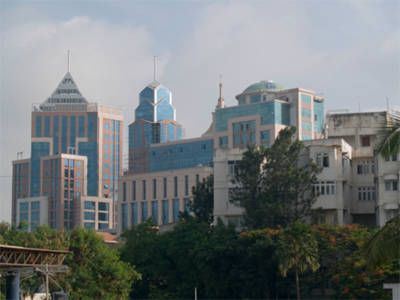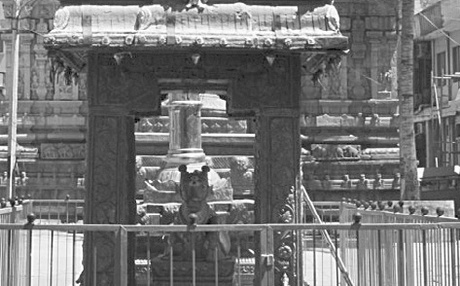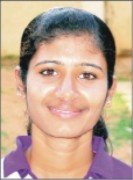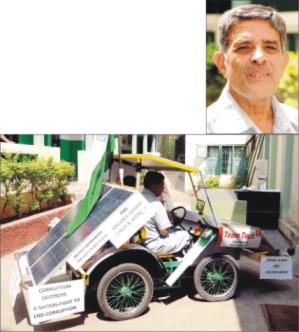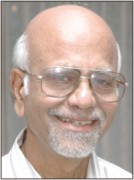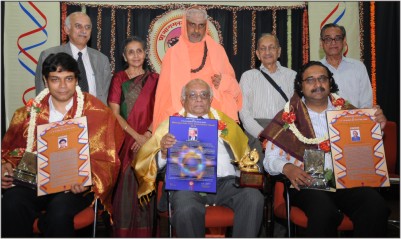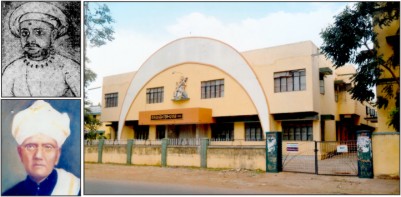Bangalore :
Its well-publicised troubles with basic infrastructure and political instability notwithstanding, Bangalore is proving that it is by far and away India’s startup capital, aided in the assumption of this title by the software companies which first put the city on the global map. A strong community of engineers with global work experience, savvy customers and growing pools of early-stage capital, are transforming the city into a global startup hub, much like the Silicon Valley in the United States.
“Almost every day a new startup keeps coming up here,” said TV Mohandas Pai, a former director of Infosys and a prominent investor backing new technology ventures. So, despite the potholed roads, patchy power supply and a mostly apathetic government, entrepreneurs flocking to Karnataka’s capital say they are drawn by a unique culture of mentorship and networking that pervades the city.
“In Bangalore you don’t have to boil the ocean yourself,” said Sundi Natarajan, an angel investor, who relocated to the city after a decade-long stint in the US as a technology professional. Next month, Natarajan and a group of overseas investors will launch the city’s first global accelerator programme that will comprise entrepreneurs from Brazil and the US in addition to India-based ventures. The first batch of about 10 companies will be backed by a proposed $50-million (Rs 270-crore ) fund. “There are mentors here willing to meet entrepreneurs on a Sunday evening and brainstorm until midnight ,” said Natarajan, explaining his group’s decision to launch the accelerator in Bangalore. This cultural advantage is now being reflected in hard numbers.
Bangalore accounts for 41% of all new ventures launched in India, according to the World Startup Report, released last week by Bowei Gai, a Silicon Valley entrepreneur who is mapping the startup ecosystem in 29 countries. In response to this definitive change, city stalwarts, including Pai, are nudging a hitherto comatose government into action.
The Karnataka Information and Communication Technology (ICT) Group 2020 last year had asked for a Rs 1,000-crore fund to drive infrastructure development and a further Rs 100 crore to be set apart for incubation of startups and new IT firms. “The fund for startups has been approved; we are in the process of setting it up and finding a fund manager to run it,” said Pai, who is the co-founder of Aarin Capital — a $50-million venture firm. Industry experts are of the opinion that with the city being home to some of the country’s biggest software companies, it is a ripe pool of talent for startups.
“Talent is expensive but a startup can be assured of finding a minimum number of qualified people in Bangalore, rather than in any other Indian city,” said Rishikesha Krishnan, a professor at the Indian Institute of Management-Bangalore, who is part of iSpirit — a think-tank for software product companies. Around 70% of the top venture capital firms have a presence in Bangalore. Now funds such as Canaan Partners, SAIF and Lightspeed Venture Partners based in Delhi are setting up offices here. “A majority of the startup activity in India lies here,” said Nishant Verman, associate at Canaan Partners, which has invested in Bangalore companies such as mobile advertising platform Adnear and software services provider Happiest Minds.
Dave McClure, founding partner at 500 Startups, a US-based seed fund and startup accelerator, who is setting up a seed fund of $10 million for India, is of the view that while companies such as online retailer Flipkart and advertising platoform InMobi have gained size, new ventures in Bangalore such as online ticketing firm red-Bus are “just really impressive”.
A high density of entrepreneurs and investors is also drawing established entrepreneurs to relocate to the city. “If you are a technology firm focusing on the global market and cannot start in Silicon Valley, then Bangalore is the best place,” said Pallavi Nadhani , who moved his venture Fusion Charts from Kolkata two years ago and has since clocked revenues of Rs 40 crore.
As dozens of new companies build products in information technology, healthcare, education and retail, Bangalore’s reputation as a hub for cutting edge technology is being underlined further. Globally, nearly 25 million smartphones and tablets that were sold since April last 2011 use technology built by citybased venture Ittiam Systems to enable high definition video playback and camcorder applications . Mistral Solutions has developed wearable video cameras used by law enforcement agencies across the US.
source: http://www.articles.economictimes.indiatimes.com / Home> News> Emerging Businesses> Start ups / by Peerzada Abrar, ET Bureau / March 29th, 2013
